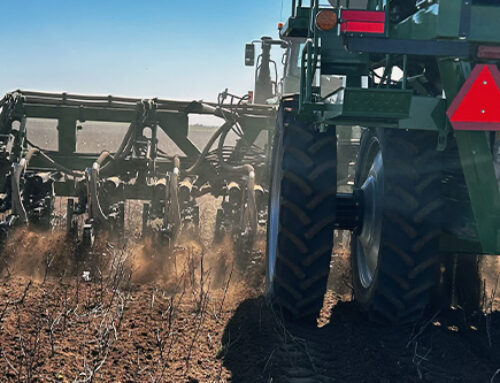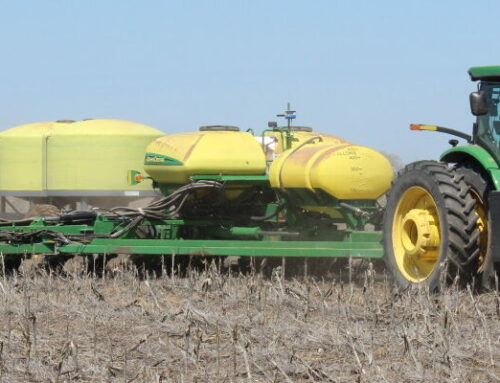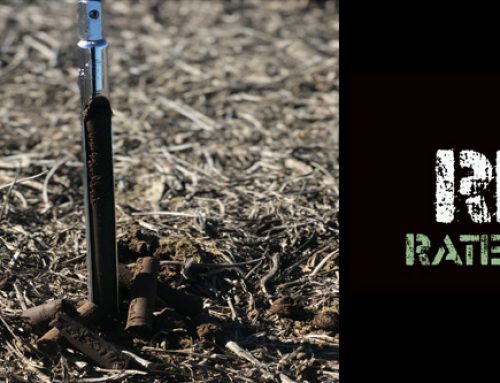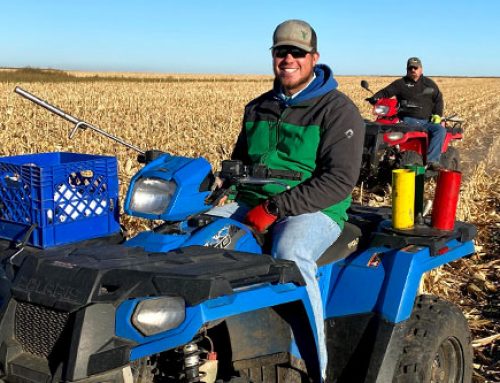A question commonly asked when discussing Precision Ag (PA) is, “How is Precision Ag going to benefit my farm?” Benefits can take many different forms depending on the precision tool and its use, from generating more money to saving time to business advancement.
Attaining any of these benefits will involve setting a goal, building a plan, and acting on that plan. Not that any of these tasks are difficult, but knowing which PA tool is best suited to accomplish a specific objective can be a challenge. The Precision Pathfinder means to simplify the steps and encourage a conversation around what PA tool(s) lead toward attaining your goal.
Assuming the first question is answered convincingly, the second question that typically follows is, “Where do we start?”
There are multiple answers to this question, because there are multiple tools.
It is similar to selecting a hybrid. It does not make sense to recommend a racehorse hybrid on a piece of poor land that will not support it. It is just not the right place to use that tool, and it will likely fail to perform.
Does that mean the tool was bad? No. The racehorse simply was not the choice to meet the objectives for that field. However, with intimate field knowledge the racehorse can be targeted to a field with rich soil where it will likely finish at the top.
This same reasoning follows for the PA tools. Selecting the right tool for the job will improve the chances of success.
Each PA tool has its own set of abilities and limitations. Some are better suited to fix seeding issues, others more suited for fertility issues. So, the answer to “Where do we start?” depends on the person asking.
“What are your objectives?” is the response.
Having been commonly asked, “Where do we start?” we wanted to provide a simple guide to help those moving along a PA path.
The Precision Pathfinder is a framework of 17 objectives built to help the beginner or veteran PA user. It attempts to match the current objectives with the PA tool(s) that move those objectives forward. As objectives change over time, the tools needed to meet those objectives will also change.
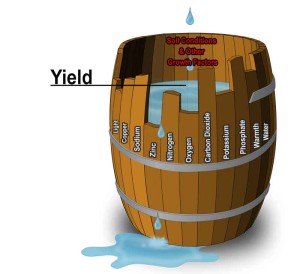
Justus von Liebig’s “Law of the Minimum” published in 1973. “If one growth factor/nutrient is deficient, plant growth is limited, even if all other vital factors/nutrients are adequate. . .plant growth is improved by increasing the supply of the deficient factor/nutrient”
For example, correcting a low pH issue by liming removes pH as the limiting factor. Then other factors (fertility, seeding, etc.) will take the place of pH and become the new limiting factor. Those new limiting factors are now on the radar as objectives to fix and may require a different PA tool to address the issue. The cycle continues to repeat as each limiting factor is addressed. This is an application of Liebig’s Law of the Minimum and goes to show why refining the goals over time is beneficial.
The Precision Pathfinder is free to use and we hope you will find it helpful in answering the questions, “Where do we start?” and “What is the right tool?”
Written by: Nathan Woydziak, Hoisington, KS
Featured image: Country Road Intersection, Nate Shivar, flickr.com

